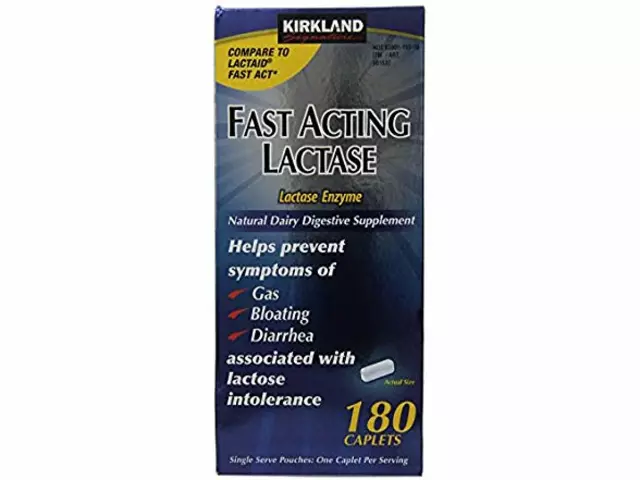Medical Exam Prep: Fast Ways to Master Drugs, Diagnosis, and Clinical Reasoning
Studying for medical exams feels like drinking from a firehose. Focus on what gets asked the most: drug classes, mechanisms, common side effects, and typical clinical presentations. Treat each drug as a mini-case: name, mechanism, 2 main uses, 2 key side effects, and one testable interaction. That framework saves time and sticks in your head.
Daily study routine that works
Spend short, focused blocks — 45 minutes study, 10–15 minutes break. Start each block with one active task: do 20 pharmacology flashcards, answer 5 clinical vignettes, or write one drug comparison (for example: simvastatin vs. atorvastatin — mechanism, major side effects, monitoring). Use spaced repetition for hard facts and mix questions from a trusted question bank. Doing questions beats rereading notes.
High-yield pharmacology shortcuts
Group drugs by mechanism and clinical use. Learn one prototype drug per class and memorize the differences from that prototype. For antibiotics, pair the bug with the first-line drug and one resistance mechanism. For psych meds, note typical side effects and serious warnings (for example, mirtazapine can raise appetite and cause sedation). Keep a one-page cheat sheet per organ system — it’s perfect for quick pre-exam review.
Practice clinical reasoning with real short cases. When you read a vignette, always ask: what’s the diagnosis, which test confirms it, and what’s the immediate treatment? That habit trains you to spot exam clues. Time yourself on 10-vignette sets to build speed and pattern recognition.
Use mnemonics sparingly and only for messy lists. For lab monitoring, memorize essentials: statins need LFTs and muscle symptom checks; ACE inhibitors need potassium and creatinine checks. For interactions, flag the ones that ruin answers — e.g., some antibiotics change warfarin levels; grapefruit affects certain statins.
Exam-day tactics: do easier questions first and mark tough ones to return to. When stuck, eliminate obviously wrong choices, then pick the option that addresses the most dangerous or most common complication. Read the last sentence of the stem first to know what the question actually asks.
Use your site resources: read focused drug articles to reinforce facts — side effects, alternatives, and safe prescribing tips. Combine quick reads with question practice and you’ll convert passive knowledge into exam-ready skills. Keep sessions short, active, and focused on clinical patterns. That’s the difference between cramming and remembering.

Mechanisms of Bacterial Infections: In-Depth Guide for Medical Students & Exam Prep
Get a detailed, student-friendly review of bacterial infection mechanisms and pathogenesis. Ideal for coursework, exam prep, and medical understanding.
Health and MedicineLatest Posts
Tags
- online pharmacy
- medication
- dietary supplement
- side effects
- online pharmacy UK
- medication safety
- mental health
- impact
- online pharmacies
- dosage
- skin health
- health
- pain relief
- dietary supplements
- massage therapy
- medication side effects
- eye inflammation
- health benefits
- mental health treatment
- thyroid medication




